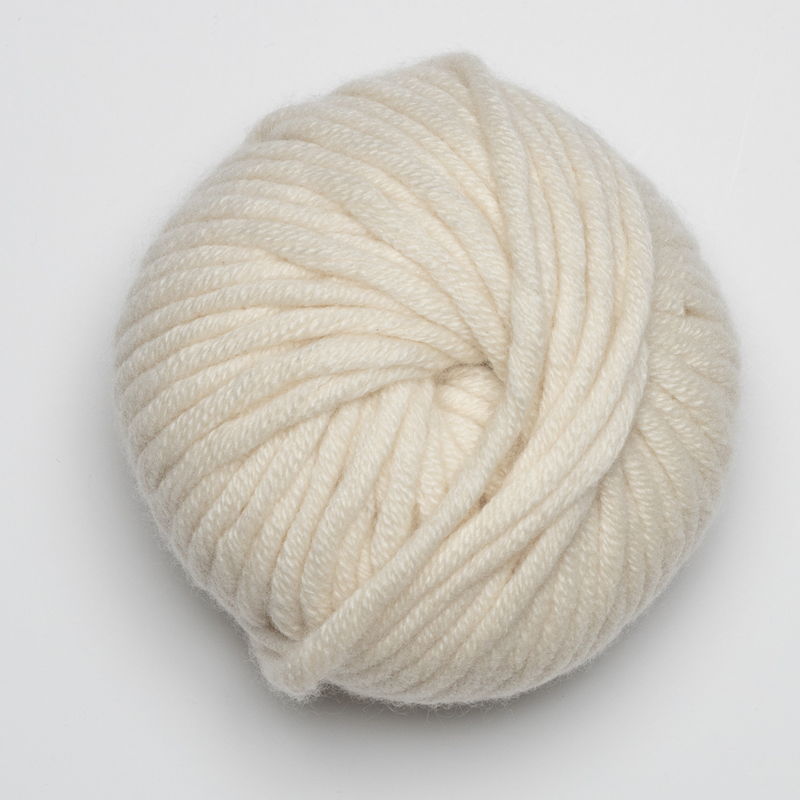Understanding the Distinct Qualities of cashmere fibre for Unmatched Comfort
Understanding the Distinct Qualities of cashmere fibre for Unmatched Comfort
Blog Article
Discover the Attraction of Cashmere a Natural Fiber: Why It's a Must-Have in Your Closet
The attraction of cashmere, a high-end natural fiber, goes beyond simple visual appeals. From reviewing its fascinating origin to recognizing its production process, high quality, and treatment, it's worth discovering why cashmere holds such an unique location in the world of textiles.

The Beginning and History of Cashmere: A Short Summary
While many might see cashmere as an easy deluxe, its history is soaked in rich social custom. Originating from the Kashmir area in India, cashmere woollen has been produced for thousands of years. The fiber is acquired from the soft undercoat of cashmere goats, harvested during their molting season.
Recognizing the Special Properties of Cashmere Fiber
Cashmere, renowned for its unique attributes, attracts attention worldwide of fabrics. This glamorous fiber is incredibly soft, supplying a comfortable and comfy feeling unlike any other. It is dramatically warmer than wool, making it a suitable choice for wintertime garments. Regardless of its warmth, cashmere is surprisingly light-weight and does not include unnecessary bulk. This all-natural fiber is additionally known for its sturdiness. While various other products may wear down gradually, cashmere preserves its quality, guaranteeing resilient wear. Cashmere has an one-of-a-kind visual appeal. Its gentle radiance and beauty make it a staple in premium style. Recognizing these residential or commercial properties clears up why cashmere is not just a high-end, however a beneficial financial investment for any kind of closet.

The Process of Making Cashmere: From Goat to Garment
To appreciate the glamorous properties of cashmere completely, one have to understand its journey from the raw fiber to the ended up item. The process begins with the cashmere goats, mainly located in Mongolia, China, and Iran. The soft undercoat of these goats, harvested during their all-natural molting period in springtime, provides the raw product. This fragile fiber is then thoroughly separated from the coarser external hair in a labor-intensive procedure referred to as dehairing. The pure cashmere is then dyed, spun into yarn, and lastly weaved or woven right into the coveted garments. Each step is carefully carried out to maintain cashmere's remarkable heat, softness, and resilience. This elaborate process leads to the development of an absolutely lavish fabric.

Deciphering the Top Quality and Price: Why Is Cashmere so Expensive?
Cashmere stems from the great undercoat of the cashmere goat, with each goat generating a simple 150 grams every year. The processing of raw cashmere requires both time and proficiency, with the fibers needing to be meticulously arranged, cleaned, and spun. These factors incorporated make cashmere a pricy yet very in-demand product in the world of style.
Cashmere in vogue: The Flexibility and Timeless Allure
Regardless of its high cost, the timeless allure and adaptability of cashmere have strengthened its area in the realm of style. The fiber's special structure, characterized by its soft qualities and warmth, has come to be associated with luxury and convenience. Its versatility expands beyond seasonal trends, making click here for more info it a closet important in various types, from elegant coats to elegant scarves. The flexible nature of cashmere permits its assimilation into both official and casual clothing, representing its wide charm. In addition, the material's sustaining popularity for many years confirms to its classic charm. As fads come and go, cashmere continues to be a constant, its appeal undiminished, proceeding to shape the fashion and motivate industry's landscape.
Caring for Your Cashmere: Maintenance and Preservation Tips
Making sure the longevity of cashmere garments calls for particular care and attention. These valued ownerships must not be thrown right into the cleaning equipment with normal washing. Rather, hand cleaning with mild, pH-neutral soap in warm water is suggested. After cleaning, they should not be wrung out. Rather, they should be gently pushed in between towels to soak up excess water, after that laid level to completely dry. Routine brushing with a cashmere comb can avoid pilling. Keeping these products in an amazing, dry location, preferably in a breathable bag, can safeguard them from moths and humidity (is cashmere a natural fiber). A periodic airing outside, far from straight sunlight, can revitalize the fibers. With these maintenance and preservation tips, one can guarantee their cashmere continues to be luxuriously soft and sturdy.
Final Thought
Cashmere, with its unrivaled soft qualities and warmth, supplies both he said deluxe and sturdiness. Discover the attraction of cashmere and elevate your style arsenal.

Report this page